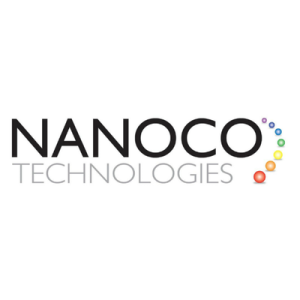The American TIME magazine, named Samsung QLED TV as one of 2018 Best 50 groundbreaking inventions that are changing the way we live, work, play and think about what is possible.
TIME magazine highlighted Samsung’s revolutionary “Ambient mode”, that allows the TV while it is turned off to blend seamlessly into the room. You can use its Ambient Mode to elevate your room with your own photos, weather forecasts or news headlines or even play light background music. Not only that, it has the ability to disappear by mimicking the texture of the wall behind it.
Nanoco (LON: NANO) harnesses the power of nano-materials. .Nano-materials are materials with dimensions typically in the range 1 – 100 nm. Nano-materials have a range of useful properties, including optical and electronic. Quantum dots are a subclass of nano-material that have size-dependent optical and electronic properties. The Group produces quantum dots. Within the sphere of quantum dots, the Group exploits different characteristics of the quantum dots to target different performance criteria that are attractive to specific markets or end-user applications such as the Display and Electronics markets.


